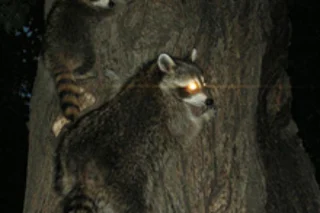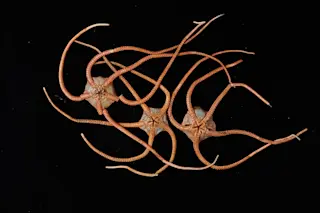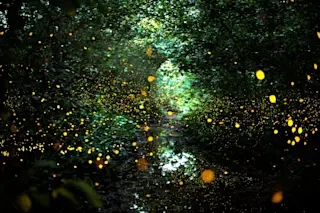A group of geneticists has peered into the eyes of nocturnal animals, and say they may have found the secret to these animals' keen night vision: light-sensing cells with unusually structured DNA that turns each cell's nucleus into a tiny lens. The researchers were examining mice's rod cells, the cells in the retina of the eye that operate under low light. Usually, they say, active genes are clustered in the center of each cell's nucleus for convenient access to cellular machinery.
But rod cells in the mouse retina shove active genes to the outside of the nucleus, the researchers found. The center of the nucleus is instead occupied by densely-packed inactive DNA called heterochromatin. Mice put this type of DNA front and center in their rod cells. “Everything that must be inside is outside, and everything that should be outside is inside,” [lead researcher Boris] Joffe says. “It was an ...














